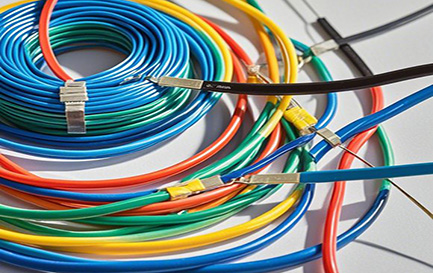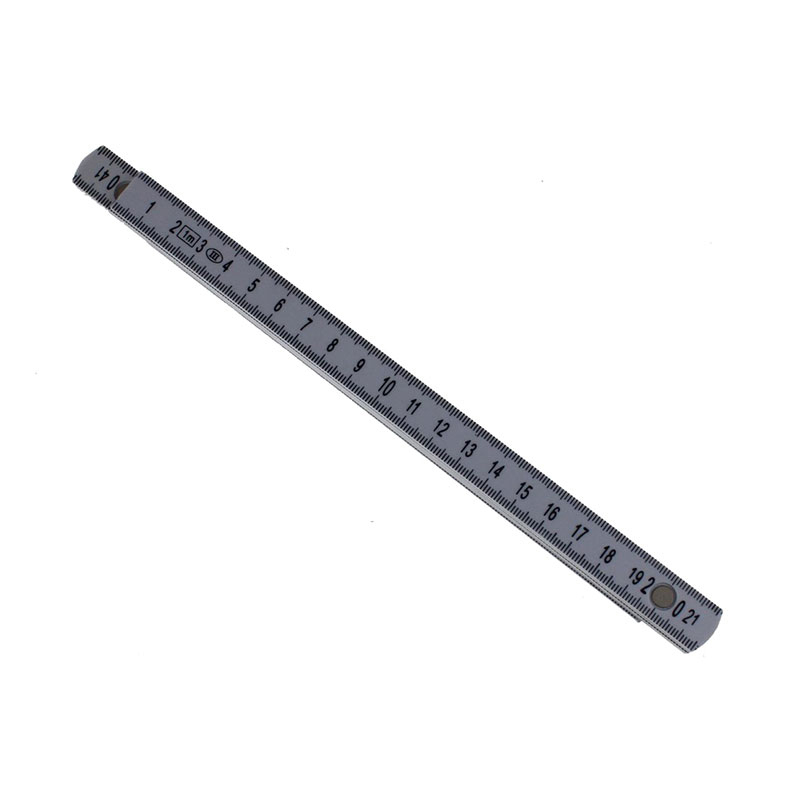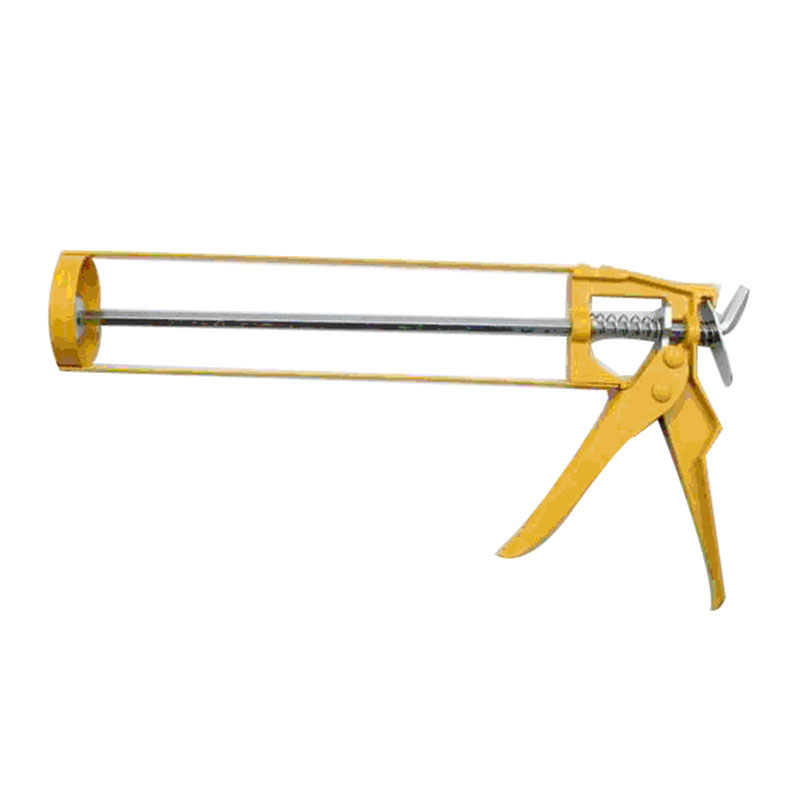Market prospects of cable ties
In recent years, cable ties have emerged as an essential component in various industries, and their market prospects are looking increasingly bright.

One of the major drivers of the cable ties market is the continuous expansion of the electronics and electrical sectors. With the rapid development of technology, the demand for consumer electronics such as smartphones, tablets, laptops, and smart home devices has been skyrocketing. These devices are equipped with numerous internal and external cables that require proper organization and management. Cable ties provide an efficient and cost-effective solution to keep these cables in order, preventing tangling and ensuring the smooth operation of the electronics. Moreover, in the electrical industry, cable ties are widely used in power distribution systems, industrial control panels, and electrical installations. As new power plants, factories, and infrastructure projects are constantly being built and upgraded, the need for cable ties to secure and route electrical cables will continue to grow.
The automotive industry is another significant contributor to the cable ties market. Modern vehicles are becoming more and more electronically advanced, with complex wiring harnesses and cable assemblies. Cable ties are used to bundle and fasten these cables, protecting them from vibration, abrasion, and heat. With the increasing production of automobiles worldwide, especially in emerging economies where the automotive market is booming, the demand for cable ties in the automotive sector is set to rise steadily. Additionally, the trend towards electric and autonomous vehicles further amplifies this demand. Electric vehicles require more extensive cable management systems due to their high-voltage batteries and complex charging infrastructures, and cable ties will play a crucial role in ensuring the safety and reliability of these systems.
The construction and DIY markets also offer substantial opportunities for cable ties. In construction projects, cable ties are used for a variety of purposes, such as securing scaffolding, fastening insulation materials, and bundling building services cables. The growth of the construction industry, driven by population growth, urbanization, and infrastructure development, will directly translate into increased demand for cable ties. In the DIY segment, homeowners and hobbyists are increasingly using cable ties for home improvement projects, organizing garden hoses, and tidying up storage areas. The popularity of DIY activities, fueled by online tutorials and the availability of affordable tools and materials, will continue to boost the sales of cable ties in the retail market.
Furthermore, the cable ties market benefits from ongoing innovation and product diversification. Manufacturers are constantly developing new types of cable ties with enhanced features, such as higher tensile strength, flame retardancy, UV resistance, and environmental friendliness. Reusable cable ties are also gaining popularity as they offer a more sustainable alternative to traditional one-time-use cable ties. These innovative products not only meet the evolving needs of different industries but also open up new market segments and customer bases. For example, in the renewable energy sector, cable ties with special properties are required to withstand harsh outdoor conditions and ensure the long-term performance of solar panel installations and wind turbine systems.
In conclusion, the cable ties market is poised for significant growth in the coming years, driven by the expansion of key industries, technological advancements, and increasing consumer awareness of cable management and organization. With a wide range of applications and continuous innovation, cable ties are set to maintain their position as a vital fastening and bundling solution in various sectors, presenting lucrative opportunities for manufacturers, distributors, and retailers alike.









